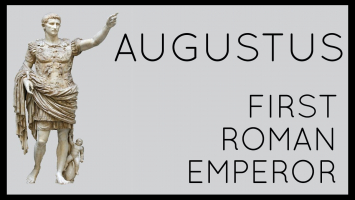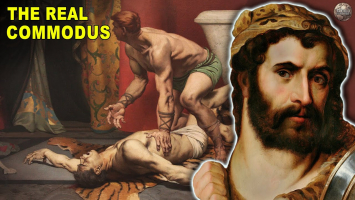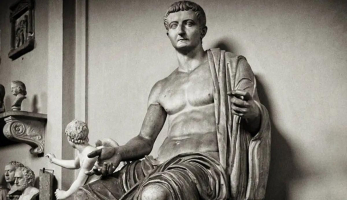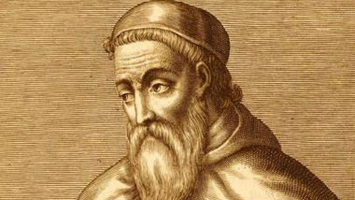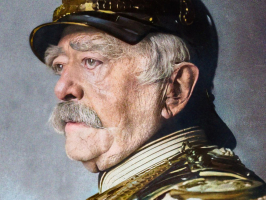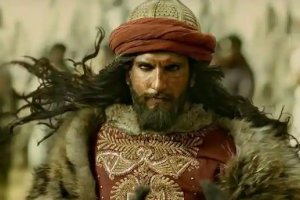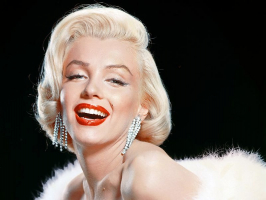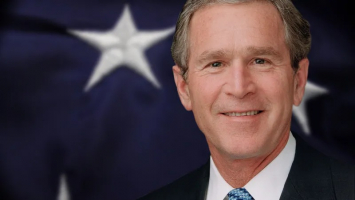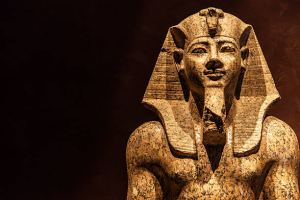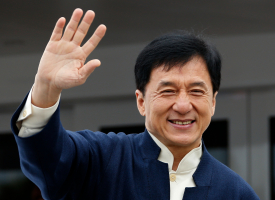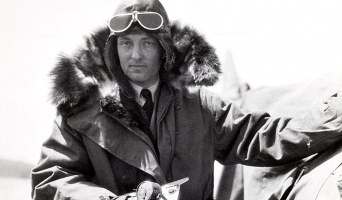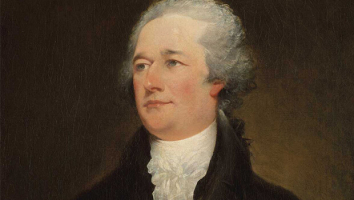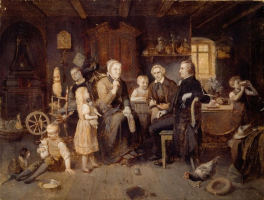Top 8 Facts About Emperor Hirohito
Emperor Shwa, also known as Hirohito in English-speaking nations, was the 124th emperor of Japan and ruled from December 25, 1926, until his passing in 1989. ... read more...Hirohito had the title of "emperor" as the only monarch in the world as of 1979. To explore more about him, let's take a look at some facts about Emperor Hirohito!
-
The Crown Prince Yoshihito's oldest child was Hirohito. He was born on April 29, 1901 in Tokyo's Aoyama Palace. Children and parents were separated at that time by imperial conventions. As a result, Hirohito was reared by a deceased retired admiral Kawamura; his new guardian was an imperial attendant. This is customary among the Japanese aristocracy. He hardly ever visited his parents, even after he came back to the palace in 1904. Only once a week was allotted for him to see his mother, and he hardly ever saw his father. He was instead brought up by an imperial attendant.
At the age of 7, he began attending the school for privileged children. He was taught military strategy, religious instruction, science, and algebra at school, among other things. Hirohito enrolled in the Gakushuin, a unique class of twelve boys from the Japanese nobility. The instructor was General Maresuke Nogi. Famous soldier Nogi distinguished himself during the Russo-Japanese War. Nogi made an effort to instill in the young prince a stoic mentality, loyalty to duty, and respect for hard work. He completed his education at the age of 19. Hirohito was the first Japanese crown prince to leave the country, traveling in 1921. There were 34 other men with him. They were gone for six months.
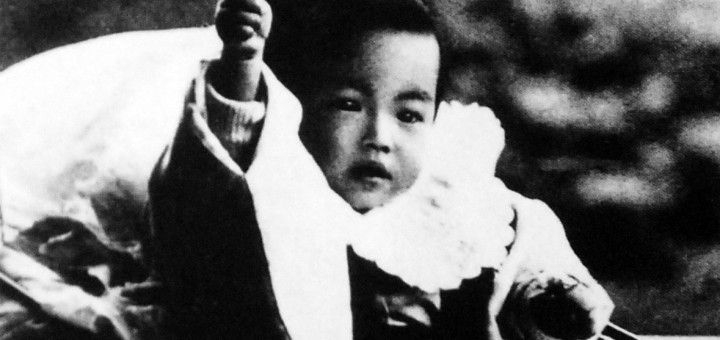
Photo: QuotesGram 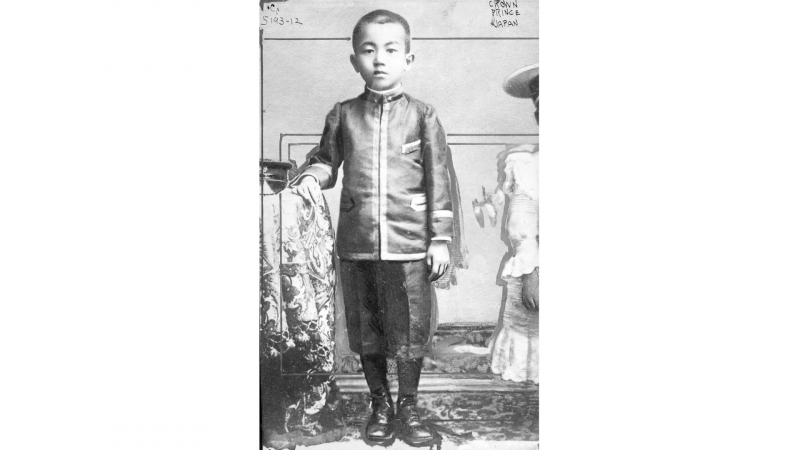
Photo: Flickr -
Next one in the list of facts about Emperor Hirohito is that he survived from many assassination attempts. At least three assassination attempts were made against the man who would rule Japan for the longest periods of time in the 1920s and 1930s. The initial one took place on December 27, 1923. The window of the then-Prince Regent's carriage was broken when Daisuke Nanba fired a pistol at it. Although his chamberlain was hurt, Hirohito was uninjured. A communist activist and Diet member's son, Nambu was incensed by the killings of Koreans and Japanese anarchists committed during the Great Kanto Earthquake's panic. The 24-year-old was labeled mad in front of the public despite his claims that he acted logically. He shouted, "Long live the Communist Party of Japan," as he was put to death.
In 1926, the death penalty was also imposed on lovers Pak Yol and Fumiko Kaneko for allegedly plotting to use explosives to kill Emperor Taisho and his son at the latter's wedding to Princess Nagako. Their sentences were changed by an imperial pardon to life in prison. After rejecting the emperor's gratitude, Kaneko committed himself a few months later. Five years after his release, Pak was taken prisoner by the North Korean military. Lee Bong-Chang, a member of the Korean Patriotic Legion, made Hirohito's third assassination attempt in 1932. As the emperor left the Imperial Palace through Sakuradamon Gate, he threw a hand grenade at his horse-drawn chariot. He was put to death in Ichigaya Prison that year even though he missed the target.
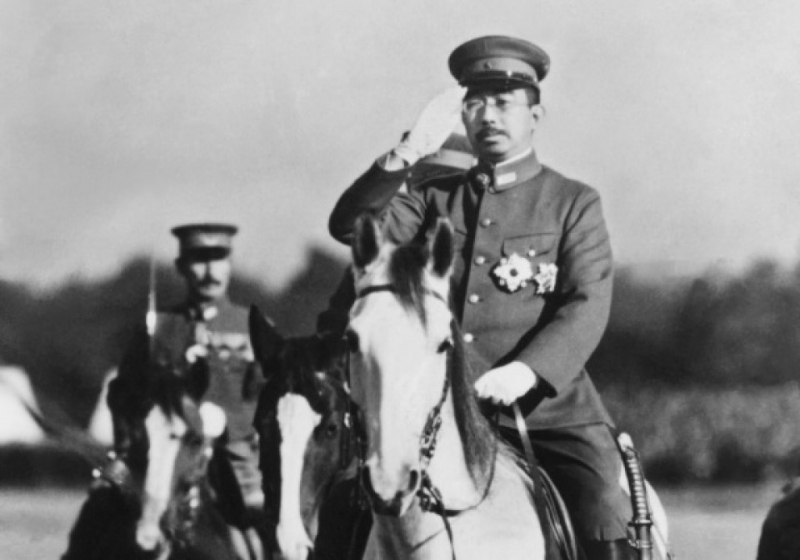
Photo: Kyodo News 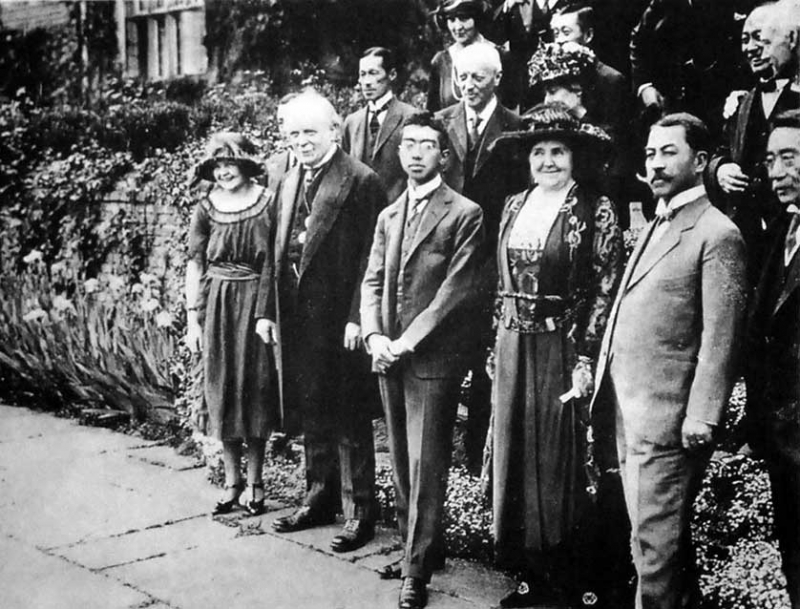
Photo: Japan Experience -
Following the September 1945 atomic bombings of Japan in Hiroshima and Nagasaki, Japan's unconditional surrender to the Allied Forces was declared by Hirohito. During World War II, Japan suffered a total loss of 2.3 million soldiers and over 100,000 civilians. For the first time ever, an emperor broke the imperial quiet and spoke aloud on the radio. On August 15, 1945, Emperor Hirohito informed the Japanese people of Japan's capitulation. The Japanese people were still waiting for an authorized voice to declare the unutterable, that Japan had been defeated, even though Tokyo had already informed the Allies that it accepted the surrender terms of the Potsdam Conference many days earlier.
Hirohito's position as emperor had been a contentious issue in the terms of the Japanese surrender. The Allies desired no conditions; Tokyo wanted the status of the emperor to be safeguarded. A deal was reached. Gen. Douglas MacArthur believed the emperor's presence in postwar Japan would be a stabilizing force at the very least in ceremonial capacity, thus he kept his title. However, Hirohito was compelled to deny his heavenly status. Japan lost a god, not just a battle.
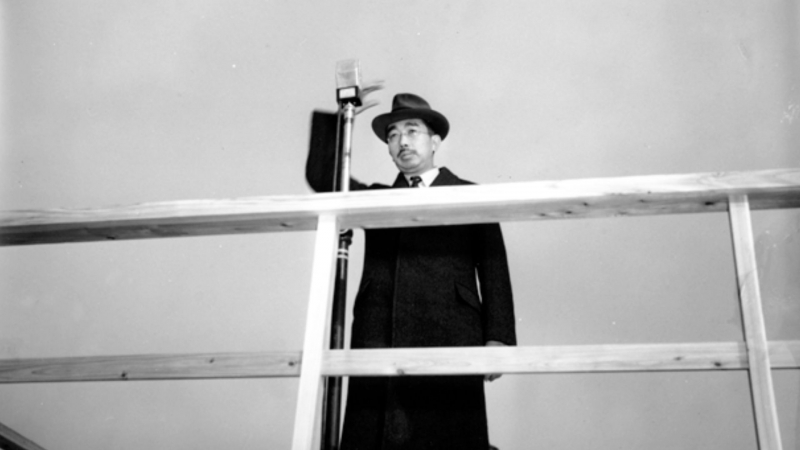
Photo: The Atlantic 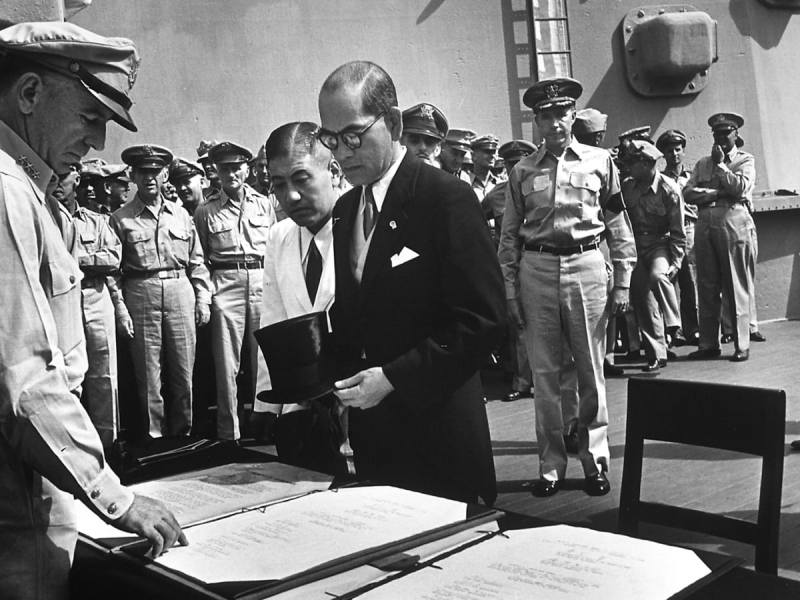
Photo: History -
Emperor Hirohito's reign is also known as the Showa Period is the next fact about Emperor Hirohito. The Showa Period, which lasted from 1926 to 1989, was under the rule of Emperor Hirohito. Ironically, Hirohito's reign was disorderly and turbulent; showa is Japanese for "the Enlightened" or "Shinning Peace." The growth of militarism in Japan during the Showa Era is notable. Additionally, the Japanese were antagonistic toward their neighbors in Asia.
The Taisha period (1912–26) came before the Showa period, while the Heisei period (1989–) came after. The early Shwa period spans the first portion of the Shwa, from Hirohito's enthronement in 1926 to the end of World War II in 1945. It is primarily remembered for the growth of militarism in Japan, Japanese aggression in China and other parts of East and Southeast Asia, as well as the defeat of the nation during the war. Japan's remarkable recovery and ascent to second-place global economic powerhouse behind only its closest friend and former foe, the United States, defined the postwar Shwa decades.
In Japan, the birthday of Emperor Hirohito is observed as a national holiday. Originally known as Green Day, a law to rename the day Showa Day was enacted in 2005. Japan's strong cooperation with America and the nation's economic recovery were hallmarks of the Showa era following World War II. The Showa era lasted longer than any other Japanese emperor before him. Emperor Shwa was not only the longest-reigning monarch in the world at the time, but also the longest-living historical Japanese emperor. The Heisei era began with the accession of Crown Prince Akihito to the Chrysanthemum Throne on January 7, 1989, following the passing of his father, Emperor Shwa. From Wakatsuki Reijiro to Noboru Takeshita, a total of 33 prime ministers served as advisors to Emperor Hirohito.
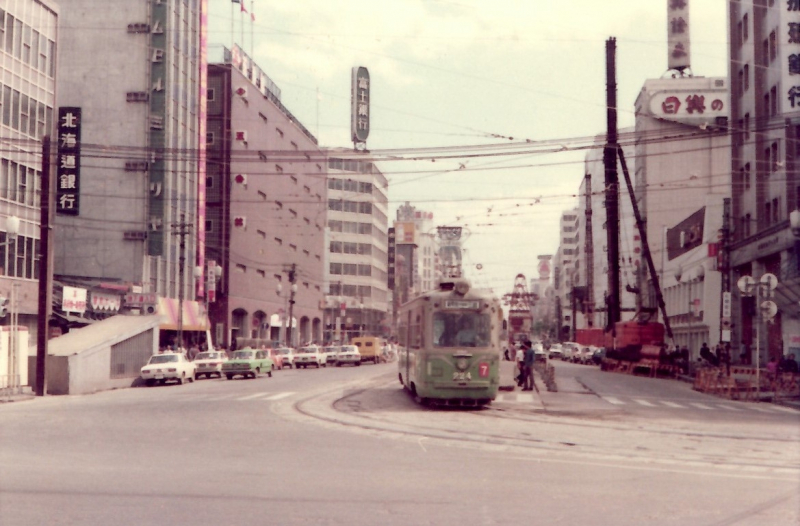
Photo: Japan Wonder Travel Blog 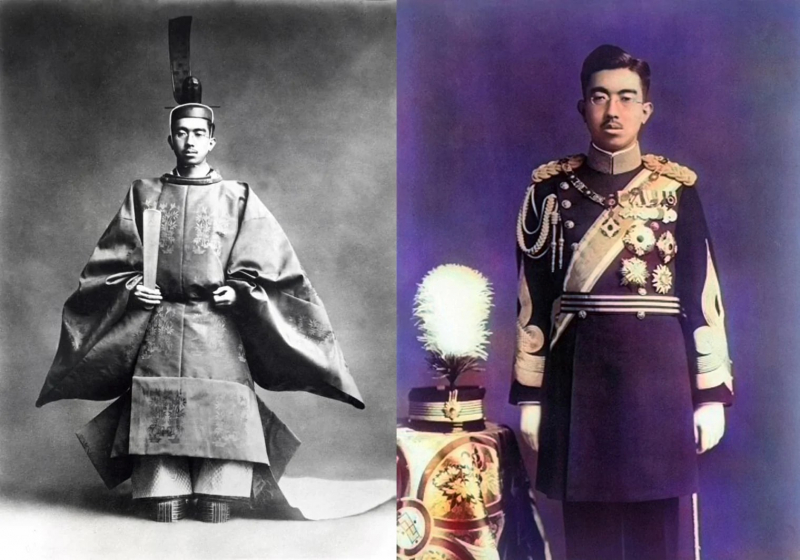
Photo: Hunted and Stuffed -
The Japanese government amended the constitution following World War II. They kept the monarchy but took the emperor's authority away. All political authority was given to elected officials. The emperor was reduced to a ceremonial role. Due to his participation in the war, Hirohito was exempt from prosecution. To avoid starting a new conflict, the Americans spared him.
A post-war constitution kept the monarchy in place but described the emperor as merely a state symbol. Representatives who had been elected held all political power. Hirohito was not charged as a war criminal, in contrast to many of his senior military officials, in part because of U.S. authorities' concerns that it may destabilize their occupation. Hirohito traveled the nation and oversaw rehabilitation work from 1945 to 1951. After the American occupation ended in 1952, Hirohito mostly remained in the background while Japan experienced an era of explosive economic expansion. Hirohito made a number of public appearances during this period. His standing and the imperial system both grew as a result. Having ruled for nearly 64 years, the longest imperial reign in Japanese history, he passed away on January 7, 1989. The performance of Hirohito during the war is still a hotly contested topic.
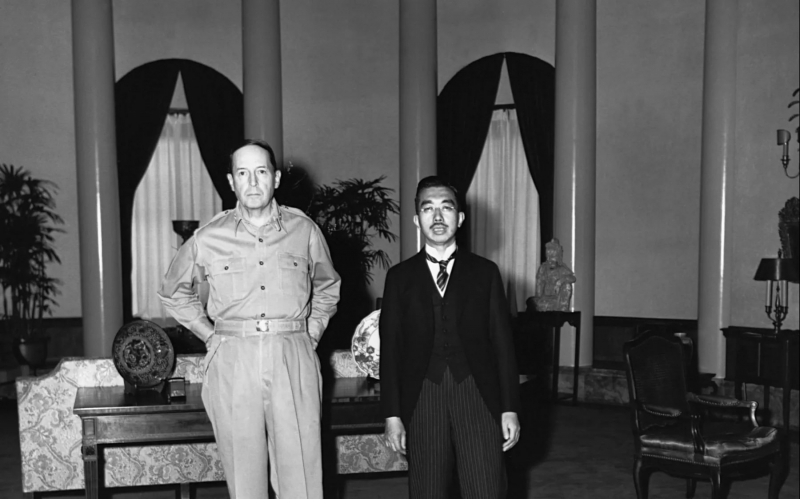
Photo: InsideHook 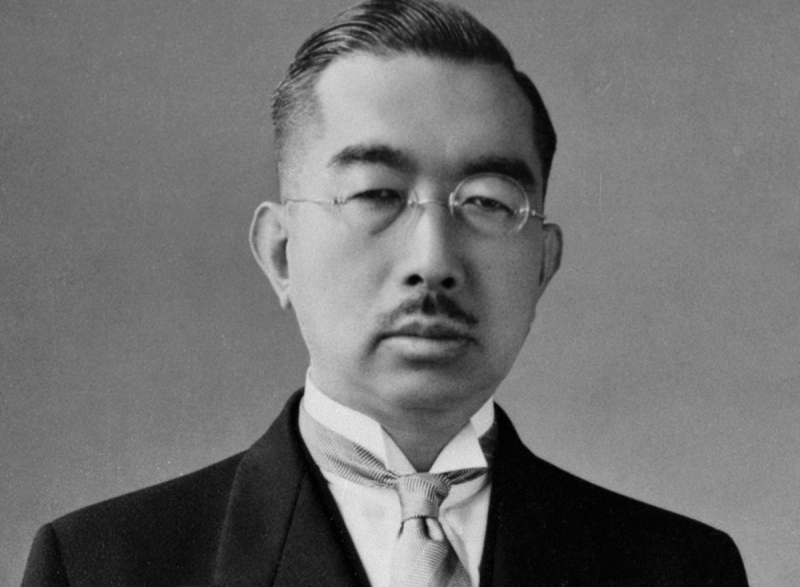
Photo: Biography.com -
Japan's reigning emperor at the moment is Naruhito. After his father, Akihito, abdicated the throne on May 1, 2019, he took the throne, ushering in the Reiwa era. According to Japan's conventional sequence of succession, he is the 126th monarch. The changeover happened at midnight. On the morning of May 1, a ceremony was held to formally establish Naruhito as the next emperor. In his inaugural speech as emperor, he vowed to seriously consider the path his father had taken and to uphold his constitutional duties as "the emblem of the state and of the unity of the people of Japan." He is the complete antithesis of his brave military leader grandfather. Naruhito is more concerned than any other emperor with global warming and access to clean water. He also happens to be the last emperor still alive.
Naruhito's position is only described as ceremonial and representative under Article 4 of the Constitution, and he is not permitted to express any political views. His duty is restricted to carrying out governmental functions as defined by the Constitution, and even then, he is held to its requirements as well as the Cabinet's legally-binding recommendations. He must name the person the National Diet designated even though he technically appoints the Prime Minister. That's all about the sixth fact about Emperor Hirohito.
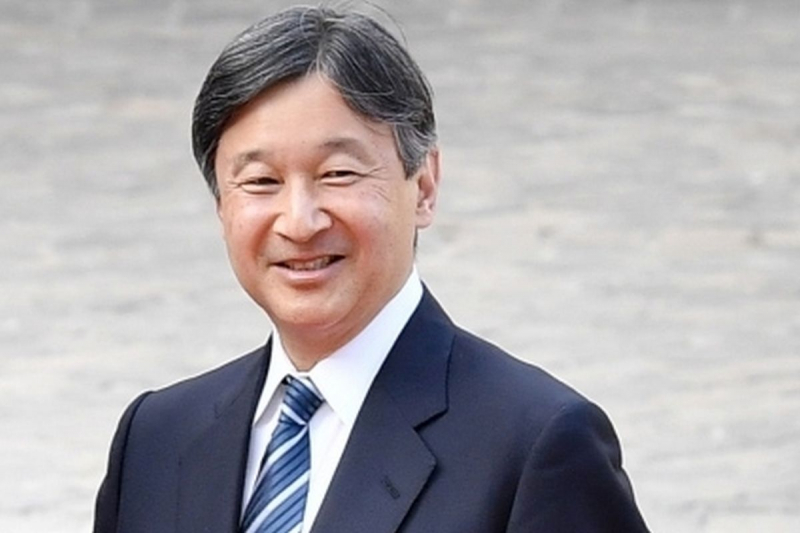
Photo: The Statesman 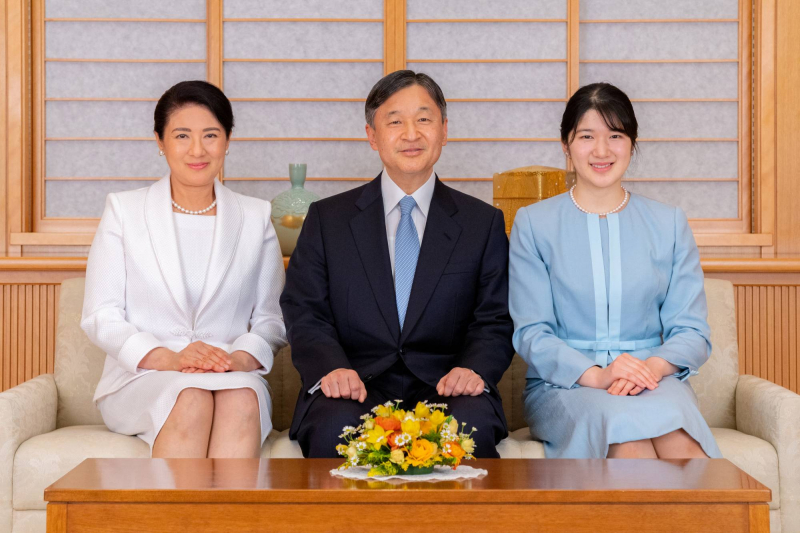
Photo: The Japan Times -
Empress Nagako, the eldest daughter of Prince Kuni, was wed to the emperor. When he was 16 and she was 14, their marriage was prearranged. Due to rumors that her relatives were colorblind, certain imperial leaders opposed their union. The devastating Tokyo earthquake caused a one-year postponement of the wedding. Many Japanese people did not particularly like the Empress Nagako.
During their first year of marriage, she and her husband had trouble getting along. Her major responsibility as empress was to bear a son and an heir. No prior emperor had taken a chance on this. All had numerous concubines, including Hirohito's father and grandfather. However, Hirohito took the uncommon step of dismissing the 39 royal concubines and confining himself to his wife.
But despite Nagako having given birth to four daughters, one of whom passed from infancy, after almost ten years of marriage, there was still no son. The nation was getting more and more unstable outside the palace gates. The military considered removing Hirohito and installing his violent brother, who had numerous sons, in his place. Rumors circulated that the emperor would marry a second woman and have sons. The emperor was urged by courtiers to bring the concubines back. Hirohito didn't seem to care. The current emperor, Akihito, was born on December 23, 1933, when Nagako got pregnant once more. There were festivities all around Japan. The next son arrived.
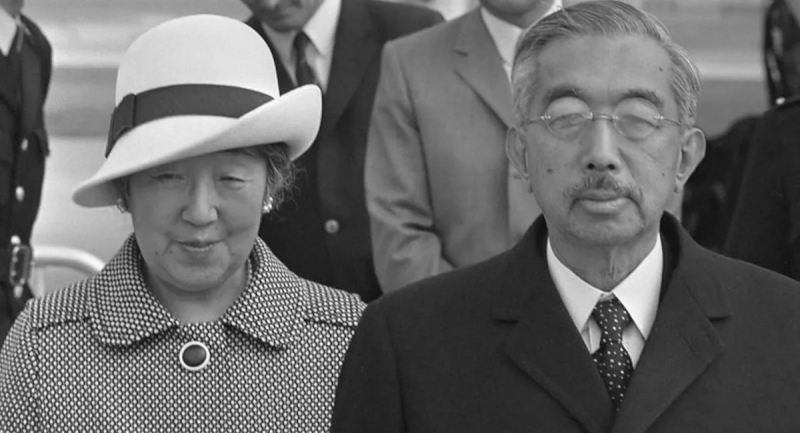
Photo: Wondrium Daily 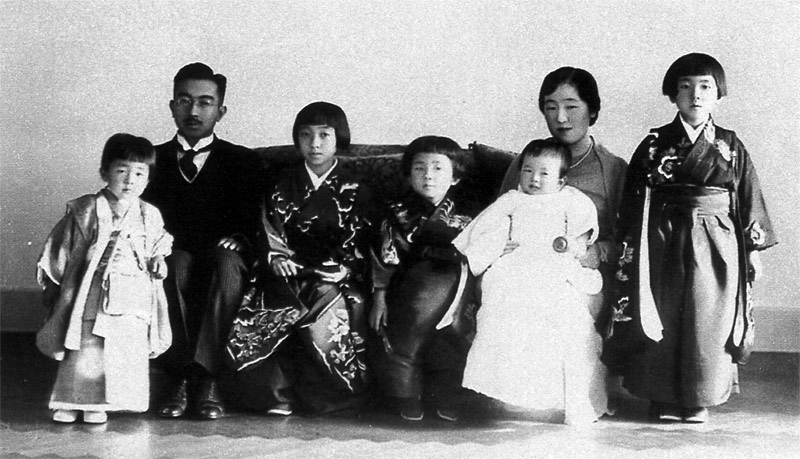
Photo: Wikimedia Commons -
To finish the list of facts about Emperor Hirohito, we will talk about his characteristics. When Hirohito was five years old, Count Kawamura Sumyoshi passed away, and the youngster was sent back to his parents' official residence, the Versailles-inspired Akasaka Palace. Hirohito and his two brothers, however, didn't often see their parents. He had minimal interaction with kids outside of his family while growing up at the palace. Hirohito was a diminutive, frail young boy who was incredibly bashful and had a shuffle-like gait.
Hirohito was an introverted man. His close friends and family members described him as shy, apprehensive, aloof, lonely, and from a quiet family. The emperor is commonly pictured in the west as a man who usually rode a white horse while dressed in military garb. For Hirohito, maintaining the Japanese monarchy was his entire obligation. Herbet Bix, who wrote the biography of Hirohito, called him a "nervous man" with a "strong vein of opportunism" and "moral cowardice." Hirohito considered this as his main duty since his professors had persuaded him that maintaining the Japanese monarchy was essential to the survival of Japan itself.
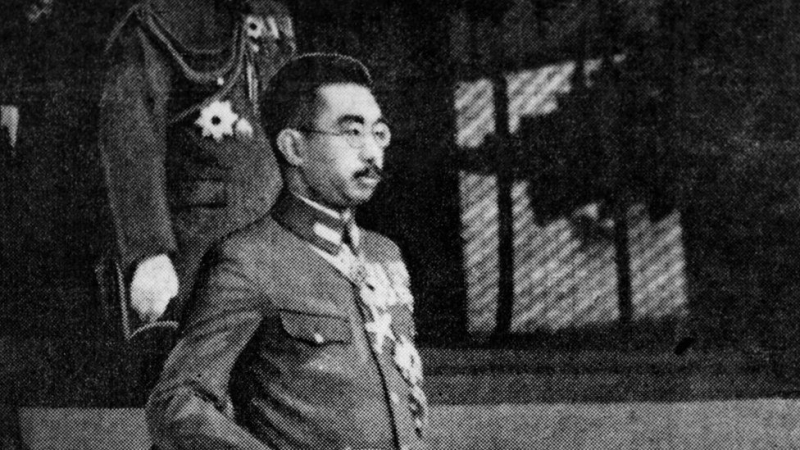
Photo: BBC 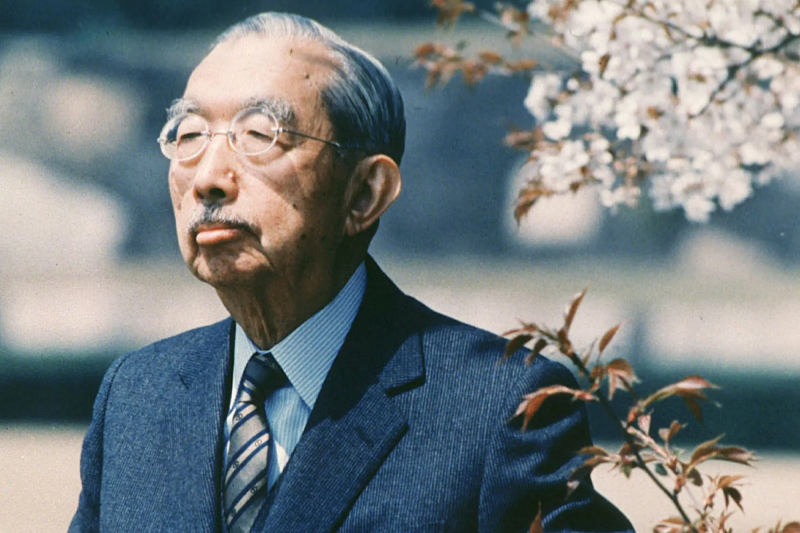
Photo: New York Post










